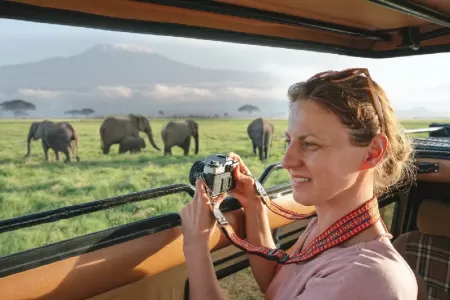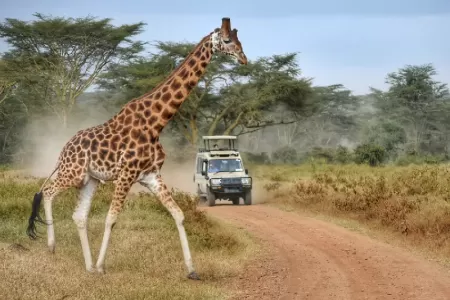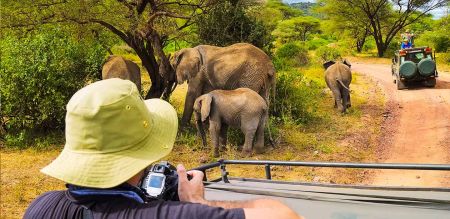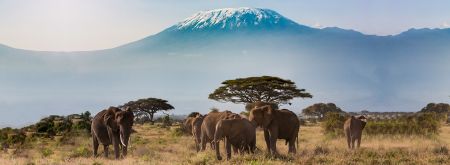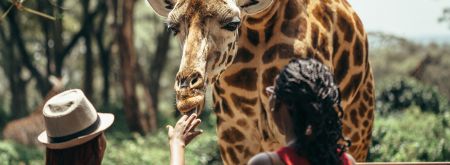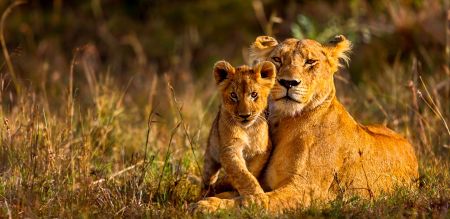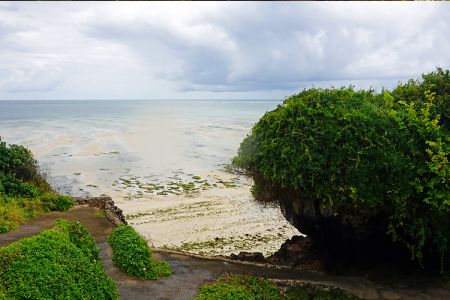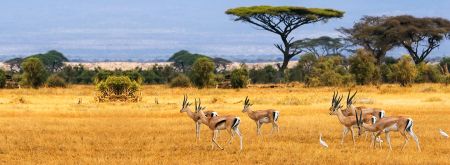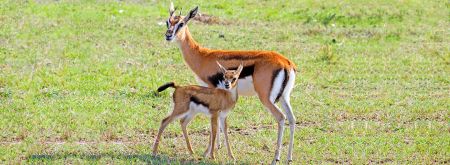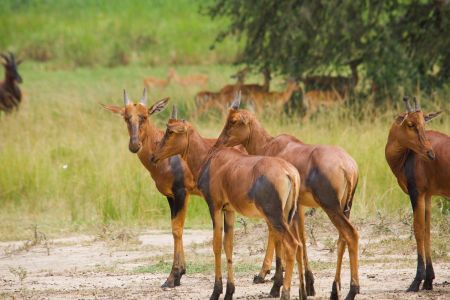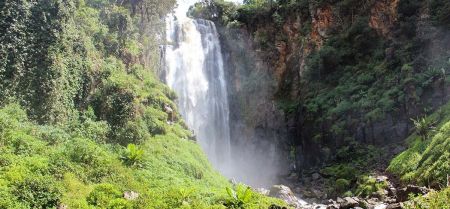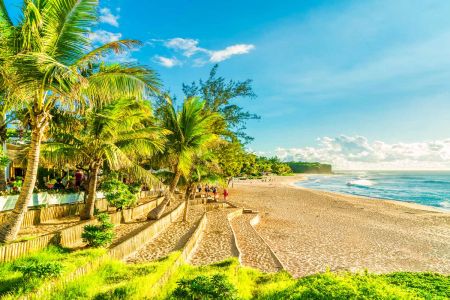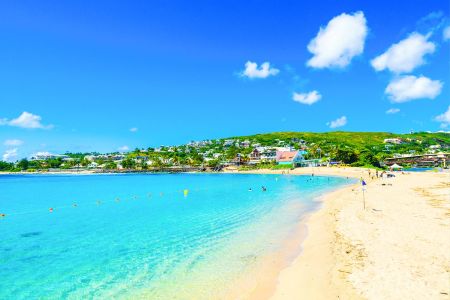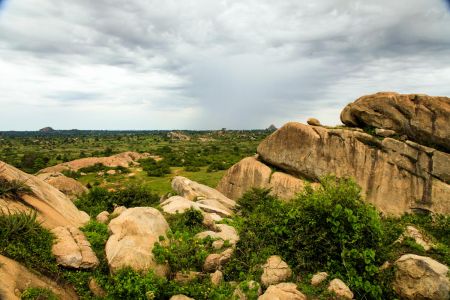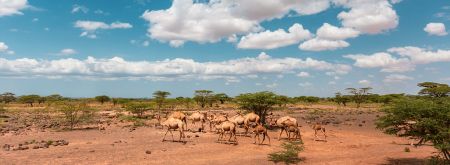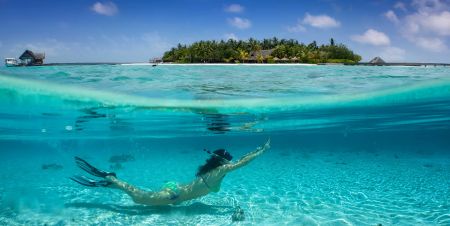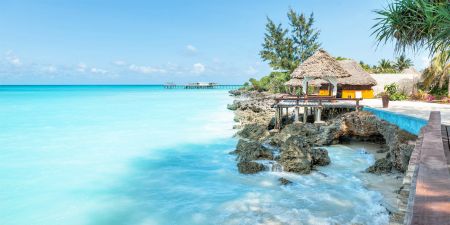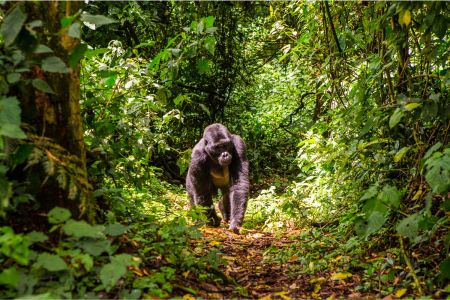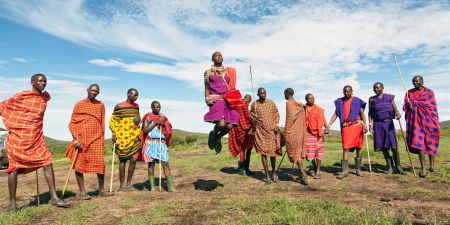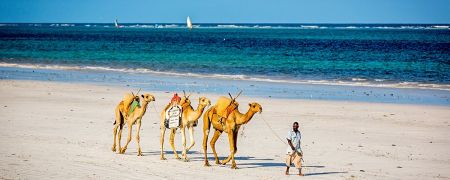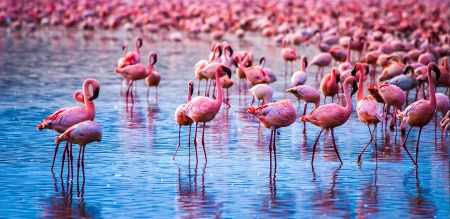Arabuko Sokoke Park Guide
Arabuko Sokoke National Park is located on the coast of Kenya, 110 kilometers north of Mombasa and it’s protected as it’s a National Forest Reserve.
The Park is situated at the northwestern edge of the Arabuko Sokoke Forest Reserve, only a few square kilometers in size and constitutes only a small portion of the latter.

Located 100 km north of Mombasa, Arabuko Sokoke National Park is a coastal protected area of forest. The park contains plenty of endemic species: mammals, birds, and plants. Protecting a few different forest types, which are homes to their different communities, the forest is regarded as one of the best preserved in Kenya.
The Arabuko-Sokoke Forest extends beyond the park and it is the largest remaining tract of native coastal forest in all East Africa.
About Arabuko Sokoke National Park
Arabuko Forest Reserve was first protected as a crowned forest in 1943. Afterwards, the national park was gazetted in the late 1980s.
The forest reserve is jointly managed by Kenya Forest Service, Kenya wildlife service, National Museums of Kenya and the Kenya Forest Research Institute. The forest is threatened by the desire for land by the local people. Several national and international organizations are working with Kenya Wildlife Service to protect the park.
All you Need to Know about Arabuko Sokoke National Park
Location
Arabuko Sokoke National Park is located on the coast of Kenya in Malindi, 110 kilometers north of Mombasa.
The Park is situated at the northwestern edge of the Arabuko Sokoke Forest Reserve, only a few square kilometers in size and constitutes only a small portion of the latter.
Best Time to Visit
The park has a coastal climate which means that it is very often hot and humid. The best time to visit Arabuko Sokoke National Park is between August and April for the most comfortable conditions. You will need light clothes and much water at any time of the year.
How to Get There
By Road
Situated 110 km from Mombasa, the park is approachable by tarmac road from the city along the B8 coastal highway to Malindi. The park’s gate is a slight detour from the main road. It is about 1 km before Watamu and Gedi.
By Air
You can fly to the park via Mombasa Airport and then drive up to the coast. You can also take a local flight to Malindi, which is approximately 2o km away from the forest. From here, access the park by bicycle (an hour) or by bus.
Customize Your Dream Vacation!
Get in touch with our local experts for an unforgettable journey.
Plan Your TripEcosystem
The Arabuko Sokoke Forest contains endemic mammals, birds, and plants, it contains three forest types, mixed forest, Brachystegia and Cynometra, each of which protects different communities of plants and animals. The park is also known as an outstanding center of amphibian diversity.
Things to Do in Arabuko Sokoke National Park
1- Game Drive
Visitors can take forest drives in the park and enjoy the wilderness and view a lot of game such as African elephants, African buffalos, bush baby, yellow baboon, golden rumped elephant shrew, aders’s duiker, bushy tailed mongoose, bush bucks, water bucks, sykes monkey, African civet, caracal and blotched genet.
2- Reptiles Viewing
Besides other wildlife in the forest, the park is endowed with 49 reptile species. Some of the examples of reptiles are rock python, day geulo, forest cobra, butterflies, beetles, forest sand lizard, and boom slang.
3- Bird Watching
Arabuko Sokoke National Park has 20% of Kenya’s bird species. It contains over 200 of bird species, some of which are migratory birds while others are residential birds. Some examples are Fischer’s turaco, amani sunbird, golden woodpecker, sokoke pipit, sokoke scops owl, clarke’s weaver, hawk eagle, snake eagle, African crowned eagle, east coast akalat, plain backed sunbird, scaly babbler, African pitta. The best time to visit the park is from dawn to 6 am.
4- Nature Walk with a Guide
With a number of walking trails, the park is a good chance to enjoy nature and explore the wildlife up close on foot.
5- Picnics
The park is the best place to enjoy a day trip and relax at one of the picnic sites with a packed lunch.


